Archives
- 2025-11
- 2025-10
- 2025-09
- 2025-03
- 2025-02
- 2025-01
- 2024-12
- 2024-11
- 2024-10
- 2024-09
- 2024-08
- 2024-07
- 2024-06
- 2024-05
- 2024-04
- 2024-03
- 2024-02
- 2024-01
- 2023-12
- 2023-11
- 2023-10
- 2023-09
- 2023-08
- 2023-07
- 2023-06
- 2023-05
- 2023-04
- 2023-03
- 2023-02
- 2023-01
- 2022-12
- 2022-11
- 2022-10
- 2022-09
- 2022-08
- 2022-07
- 2022-06
- 2022-05
- 2022-04
- 2022-03
- 2022-02
- 2022-01
- 2021-12
- 2021-11
- 2021-10
- 2021-09
- 2021-08
- 2021-07
- 2021-06
- 2021-05
- 2021-04
- 2021-03
- 2021-02
- 2021-01
- 2020-12
- 2020-11
- 2020-10
- 2020-09
- 2020-08
- 2020-07
- 2020-06
- 2020-05
- 2020-04
- 2020-03
- 2020-02
- 2020-01
- 2019-12
- 2019-11
- 2019-10
- 2019-09
- 2019-08
- 2019-07
- 2019-06
- 2019-05
- 2019-04
- 2018-07
-
Vancomycin at the Interface of Bacterial Resistance and T...
2025-10-01
This thought-leadership article explores Vancomycin’s unique role as a glycopeptide antibiotic and bacterial cell wall synthesis inhibitor in contemporary translational research. By integrating mechanistic insights, experimental paradigms, and immunological dimensions, we offer strategic guidance for researchers aiming to unravel bacterial resistance mechanisms, modulate the microbiome, and bridge preclinical discoveries with human health applications. The discussion draws on recent immunology-microbiome research and positions Vancomycin as a precision tool for experimental innovation.
-
Vancomycin: A Precision Tool for Deciphering Bacterial Re...
2025-09-30
Explore the unique capabilities of Vancomycin as a glycopeptide antibiotic in unraveling bacterial cell wall synthesis and resistance mechanisms. This in-depth article examines Vancomycin’s advanced utility in MRSA and Clostridium difficile infection research, with a special focus on gut-immune interplay and experimental design.
-
Vancomycin as a Molecular Probe: Advancing Gut-Immune Axi...
2025-09-29
Discover how Vancomycin, a potent glycopeptide antibiotic, enables next-generation studies on bacterial cell wall synthesis inhibition, gut-immune axis modulation, and resistance mechanisms. This article uniquely bridges molecular action with experimental strategies in microbiota and immune research.
-
Vancomycin in Experimental Microbial Ecology: Unveiling R...
2025-09-28
Explore Vancomycin's role as a glycopeptide antibiotic in advancing experimental microbial ecology and antibacterial agent research for MRSA and Clostridium difficile. This article uniquely bridges cell wall synthesis inhibition with immunological and microbiome dynamics, offering new insights for resistance mechanism studies.
-
Vancomycin in Research: Mechanisms, Microbiome, and Immun...
2025-09-27
Explore how Vancomycin, a premier glycopeptide antibiotic, uniquely informs bacterial resistance mechanism studies and microbiome-immune research. This article provides deeper scientific analysis and novel experimental perspectives beyond traditional applications.
-
c-Myc Tag Peptide: Precision Tools for Dissecting Transcr...
2025-09-26
Explore the scientific power of the c-Myc tag peptide as a synthetic research reagent for cancer biology. This article reveals unique mechanistic insights into transcription factor regulation, autophagy, and advanced immunoassay strategies.
-
Z-VAD-FMK in Apoptotic and Ferroptotic Resistance: Advanc...
2025-09-25
Explore how Z-VAD-FMK, a cell-permeable pan-caspase inhibitor, is revolutionizing apoptosis and ferroptosis research. This in-depth article uniquely bridges apoptotic pathway inhibition with emerging insights into regulated cell death resistance in cancer and neurodegenerative models.
-
Angiotensin II: Unraveling Senescence Pathways in AAA and...
2025-09-24
Discover how Angiotensin II, a potent vasopressor and GPCR agonist, uniquely enables advanced research into vascular senescence and abdominal aortic aneurysm pathophysiology. Explore in-depth mechanisms, cutting-edge applications, and translational insights distinct from traditional approaches.
-
Phosbind Acrylamide: Enabling Antibody-Free Analysis of M...
2025-09-23
Phosbind Acrylamide, a phosphate-binding reagent, advances phosphorylated protein detection by enabling precise electrophoretic separation and analysis of phosphorylation status without phospho-specific antibodies. This article explores its unique role in dissecting multisite phosphorylation events in cell signaling pathways.
-
In large biopsies series from ALK NSCLC treated patients the
2025-03-03
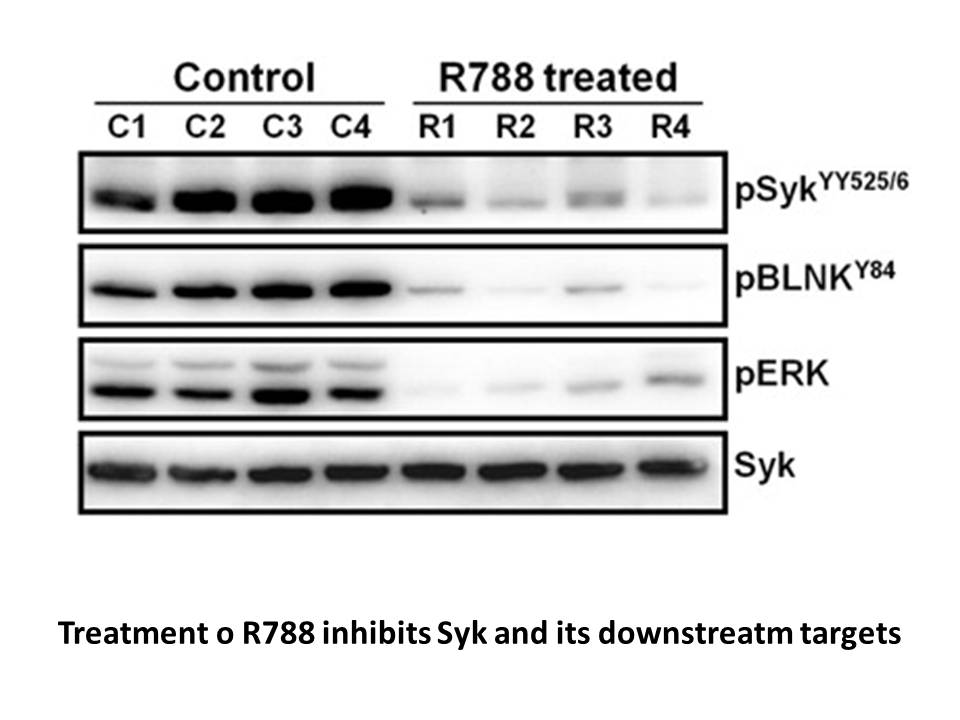
In large biopsies series from ALK+ NSCLC treated patients, the number of detected mutations increased after second generation ALKi (Gainor et al., 2016) and in one study were present in 56% of the entire cohort (Shaw et al., 2013b). For example, the rate of G1202R mutations increases from 2% in post
-
Our study like that of Zill et al included
2025-03-03
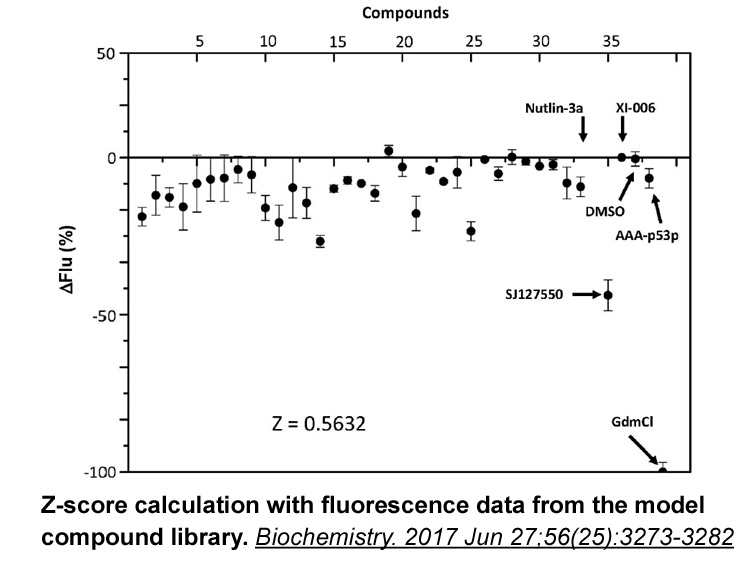
Our study, like that of Zill et al. (2012) included European Caucasians, although their population was much smaller (n=162) and more heterogeneous (19–72years). Further, potential confounding or effect modification by other health, lifestyle or genetic factors was not considered. These differences m
-
Introduction An association of elevated branched chain amino
2025-03-01
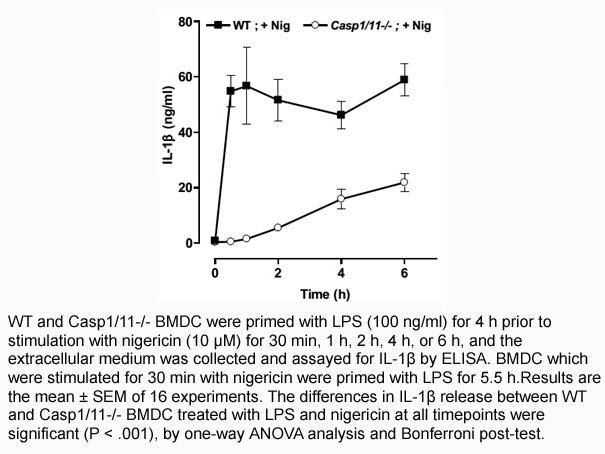
Introduction An association of elevated branched-chain marizomib (BCAA—Leu, Val, Ile) with obesity and insulin resistance was first reported nearly 50 years ago (Felig et al., 1969). With the advent of metabolomics technologies, it has since become apparent that the association of BCAA and related
-
br Results br Discussion ER and GR play opposite
2025-03-01

Results Discussion ER and GR play opposite phenotypic roles in the normal endometrium, with ER promoting growth and GR inhibiting growth. Here, we show that in endometrial cancer, GR expression is associated with worse outcomes and higher-grade tumors, and this association is observed only in
-
Findings of the present study provide a molecular
2025-03-01
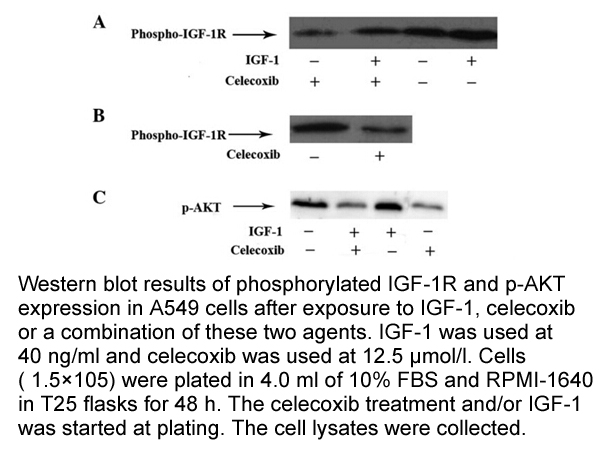
Findings of the present study provide a molecular mechanism for the elevated ASK1 expression in obesity and how it may be functionally linked to whole-body insulin resistance. The role our findings assign to increased E2F1 in upregulating ASK1 parallels the capacity of this transcription factor to r
-
br HIF Blockade in AA Therapy In
2025-03-01
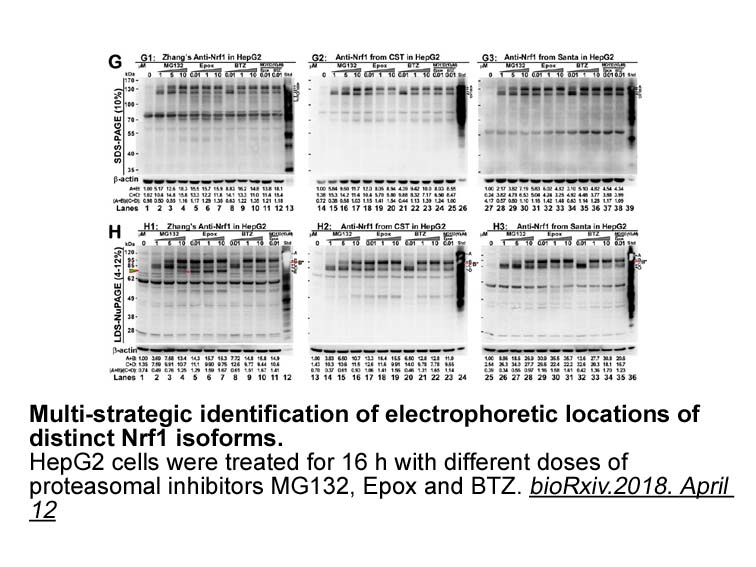
HIF-α Blockade in AA Therapy In lieu of the evidence supporting a central role for HIF-α signaling in tumor angiogenesis and CC pathobiology, significant efforts have focused on the discovery of small-molecule HIF-α inhibitors (for exhaustive compendia, see [28,44,45]). In brief, inhibitors vary